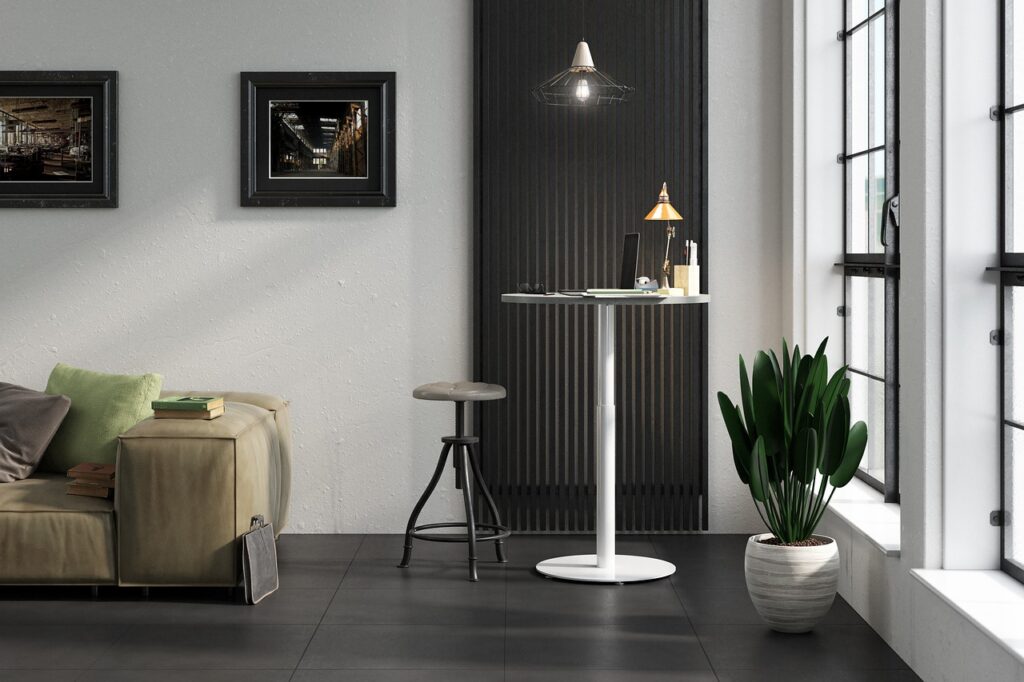In the highly competitive world of retail, establishing a strong brand identity is essential for success. An often overlooked aspect of brand identity development is the role of interior design in retail stores. The design of a retail space goes beyond aesthetics; it serves as a powerful tool to convey a brand’s values, create an immersive customer experience, and foster a lasting connection with the target audience. In this article, we will explore the significance of interior design in enhancing brand identity in retail stores and provide valuable insights from leading commercial interior design companies.
The Importance of Interior Design in Retail Stores
Conveying Brand Identity
Interior design plays a critical role in expressing a brand’s identity. Through the use of colors, materials, textures, and spatial layout, a well-designed retail space can effectively communicate a brand’s values, personality, and unique selling proposition. Every element, from the storefront to the fixtures and displays, should align with the brand’s image and create a cohesive visual narrative.
Creating Immersive Experiences
Retail stores have the advantage of providing a physical environment where customers can engage with the brand in person. Interior design can transform a store into an immersive space that captivates customers, evokes emotions, and encourages them to explore and interact with products. By creating an experiential journey, retail stores can leave a lasting impression on customers, increasing brand loyalty and advocacy.
Our 3D visualization services in commercial interior design bring your vision to life, providing realistic and immersive representations of your space before construction begins
Differentiating from Competitors
In a saturated market, standing out from the competition is crucial. A well-designed retail space that reflects a brand’s unique identity sets it apart from competitors and creates a memorable experience for customers. By creating a distinct ambiance, incorporating innovative design elements, and employing creative visual merchandising techniques, retail stores can effectively differentiate themselves and attract customers.
Key Strategies for Enhancing Brand Identity Through Interior Design
Consistency with Brand Identity
The interior design of a retail store should align with the brand’s visual identity, including its logo, color palette, typography, and overall design elements. Consistency in design creates a cohesive brand experience and reinforces brand recognition. Design choices should reflect the brand’s values, target audience, and market positioning.
Storytelling through Design
Effective interior design in retail stores tells a story that resonates with customers. It can evoke emotions, spark curiosity, and create a connection between the brand and its customers. By incorporating design elements that reflect the brand’s heritage, values, or product journey, retail stores can engage customers on a deeper level and enhance brand loyalty.
Strategic Space Planning
Thoughtful space planning is essential in retail store design. A well-organized layout facilitates a smooth customer journey, encourages exploration, and maximizes product visibility. Designers should consider factors such as traffic flow, focal points, product placement, and ease of navigation to create a seamless and enjoyable shopping experience.
Our space planning services in commercial interior design focus on optimizing the functionality and efficiency of your workspace, ensuring a seamless and well-utilized layout.
Lighting and Visual Merchandising
Lighting plays a crucial role in creating ambiance and highlighting products. Properly designed lighting can enhance the overall mood, draw attention to specific areas or products, and influence customer behavior. Visual merchandising techniques, such as window displays, product grouping, and signage, also contribute to a store’s visual appeal and reinforce the brand’s messaging.
Expert Tips from Commercial Interior Design Companies
To gain valuable insights from professionals in the field, we reached out to leading commercial interior design companies specializing in retail design. Here are some expert tips they shared:
Understand the Target Audience
Thoroughly understand the target audience to design a retail space that resonates with them. Consider their preferences, lifestyle, and expectations to create an environment that speaks directly to their needs and desires.
Incorporate Interactive Elements
Integrate interactive elements into the store design to engage customers actively. This could include digital displays, touchscreen kiosks, or experiential zones where customers can try products or participate in interactive activities related to the brand.
Embrace Sustainability
Incorporate sustainable design practices and materials in retail store design to align with the increasing consumer demand for environmentally conscious brands. This not only demonstrates a brand’s commitment to sustainability but also appeals to eco-conscious customers.
Our design and build services in commercial interior design offer a comprehensive solution from concept development to final construction, ensuring a seamless and efficient process.
Conclusion
Interior design plays a crucial role in enhancing brand identity in retail stores. By carefully considering the brand’s values, creating immersive experiences, and employing effective design strategies, Commercial interior design companies can help retailers create memorable spaces that resonate with customers. The right interior design can differentiate a brand from its competitors, foster brand loyalty, and ultimately contribute to the success and growth of retail businesses in today’s dynamic market.





